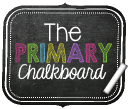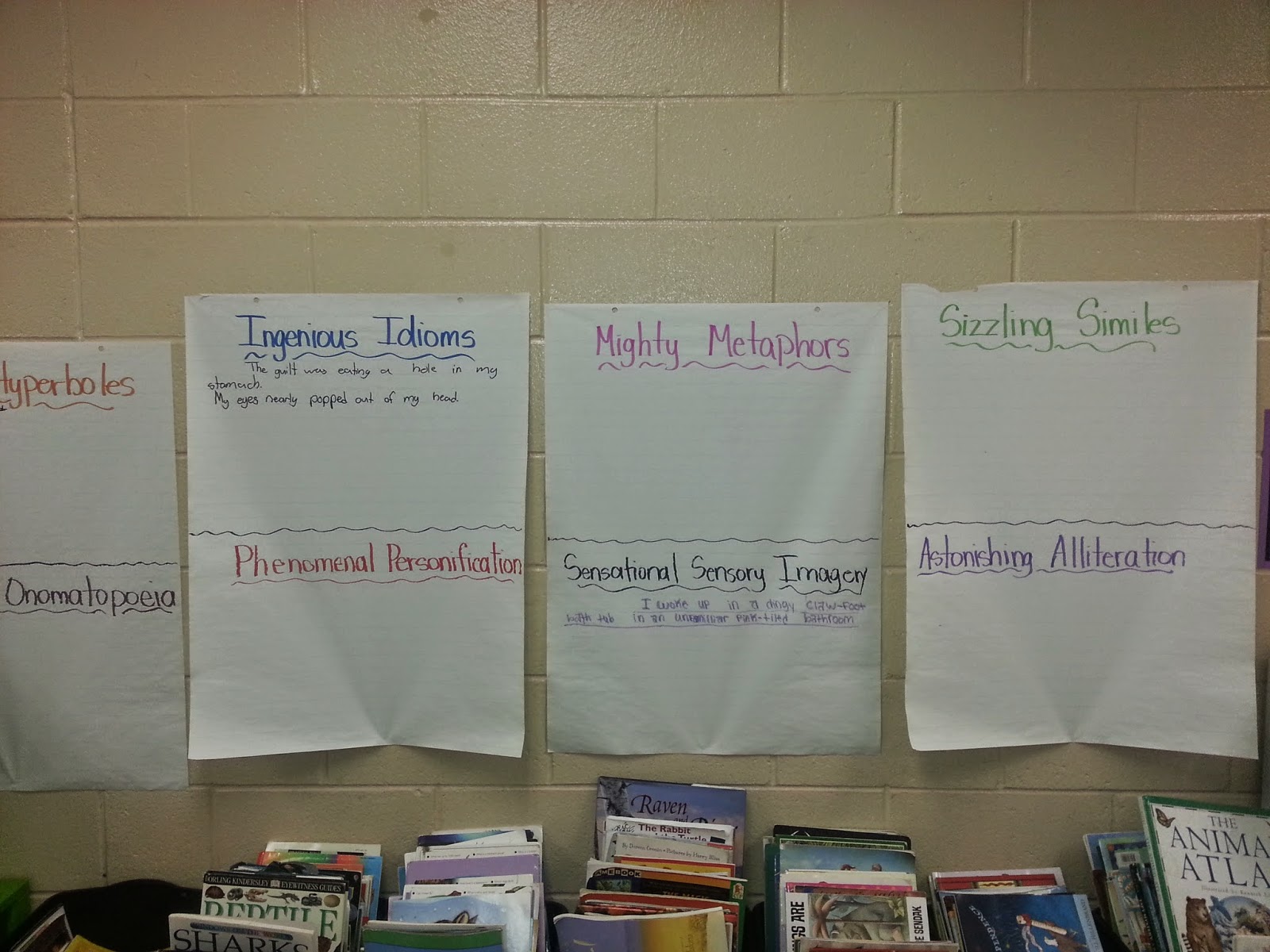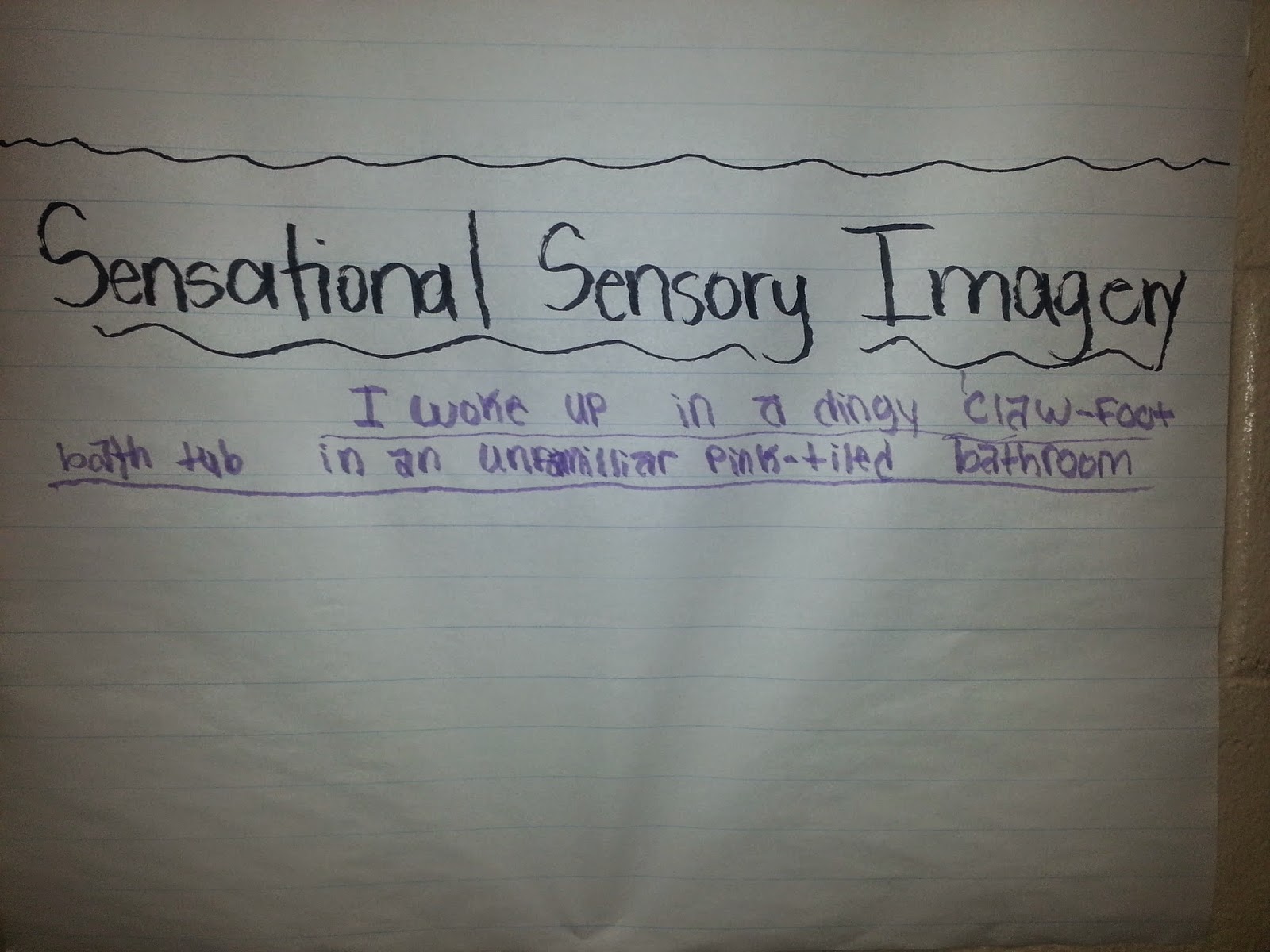Oh, the confused feelings of summer…..couple of months away from a classroom full of kids, only to be stuck in a house full of kids (for some of us). Don't get me wrong, though. I LOVE summer break. I LOVE being able to spend a couple of months with my own 3, lovely, lively, energetic children, who somehow suck more energy out of me than a room full of 25 kids. How does that happen?! And my classroom full of 25 kids seem to be better behaved than my own 3 kids…again, how does THAT happen?! I am determined that this summer will not beat me. I will be victorious, and by victorious I mean that I will not be tired by my own 3 children (who are 11, 10, and 8) and my house will not become a disaster zone. Who else is with me?!
This post I am going to focus on some pretty fun, and, in most cases, FREE things to do this summer with kids. And they don't have to be your own kids. The "kids" can be nieces, nephews, cousins, little brothers/sisters, or friends' kids. As I was browsing the internet the other day, trying to think of ways to beat the summer boredom (we live in Georgia and after, oh, say about 10am, it becomes extremely hot to do just about any outside activity aside from swimming, and in which case our pool water becomes more like warm bath water, so it isn't overly refreshing. Hence, why we end up spending a lot of time in our house. Praise the AC unit!). We then venture outside around 6pm when it begins to cool off some. But I really needed some ideas of what to do the majority of the day. It seems if we actually GO somewhere, then my kids are more tolerable of the heat versus, say, just locking them outside our house (yes, I admit it. I lock out my kids sometimes. But I always make sure the garage freezer is stocked with popsicles and they have water bottles…but there is also a water hose next to our garage just in case. I lock them out because I get tired of hearing the door open umpteen times in 5 minutes. Parents, you feel me, right?!).
So I made a list of things I am definitely taking my kids to do this summer while we are on our staycation at home. My hubby also is a teacher, but being a football coach, his summer is full of football workouts all morning, so he doesn't get home until the afternoon each day, so he may or may not partake in some of these fun activities with us :) Hopefully you will be able to snag some ideas from this list to create your own "Summer To-Do List to Keep the Kids From Driving Me Bonkers." You could also reference this list to the parents of your students in hopes to keep their children from driving them bonkers this summer.
#5- Free Movies (or extremely cheap, as in $2 or less per person)
Around where we live, we are lucky enough to have a variety of movie theaters. A couple of movie theaters offers free movies during the summer. Granted, the movies have already been released, but what kid doesn't love watching a movie, and in some cases the movies are shown on a large screen outside. Fun for adults, too!
Regal is one theater that offers $1 admission to movies on Tue and Thur mornings at 10am all summer long. You can head
here to see which theaters are offering this deal in your state/town.
Carmike is offering free admission to movies on Tue and Thur mornings at 10am, and for $4 you can get a small popcorn and drink. But if you bring in a canned good, you can get that popcorn and drink for just $2. Head
here to plug in your local info to find a theater near you offering this deal.
Google "free outdoor movies" in your city and see what pops up. I know around us there are usually a few free outdoor movies in the summer, and there is nothing like drinking hot cocoa, eating Crunch 'n Munch, all snuggled up together in the back of my hubby's truck watching a movie together (of course laying on a blow-up air mattress).
#4- Reading for a Free Book
Barnes and Noble is heading up a summer reading program where you read 8 books, and you get to pick a free book from their reading journal list. This is for kiddos in grades 1-6. There is nothing I love more than to wake up in the morning, head out to our back screened porch, and read the news (or catch up on FB, Twitter, Instagram, Pinterest…), and now I will be encouraging my kids to join me as I sip my morning coffee and they sip their morning hot cocoa where we can all listen to the birds (before the scorching sun drives them away) and read. Hopefully this will help my kids continue reading this summer and not dive down so far on that typical summer slide! And, of course, your local library will be sure to have summer programs you might want to check out.
#3- Farmer's Markets & U-Pick Farms
Ok, this is more for me than my kids, but when we were in St. Croix one summer, one of my kids' most memorable experiences was when we went to the local Farmer's Market on Saturday morning.
Local Harvest allows you to search for local farms and markets. My kids balked the first time we took them when we got home, but there is something magical to a kid about picking out fresh fruits and veggies and even picking their own. My kids eat more healthy stuff when they have a hand in bringing it home. Granted, if you are doing a pick-your-own, you'll want to head out early, but my kids love it so much they have their own pumpkin patch in our backyard now that they planted all on their own. And they take care of it without prompting, which I thought would never happen. Now they even have a tommy toe (what we call grape tomatoes) plant and pepper plants on our back porch they take care of. I think next spring we will plant our own mini-garden and see how that goes. When we visit nanny and pappy, my kids LOVE taking care of the garden and harvesting the crops. And it doesn't matter for how many days or weeks we are there, they never grow tired of it. Here's to hoping some of that magic rubs off on our soon-to-be garden at home!
#2- Geocaching
Ok, so this one may not be for everyone, but for my 11 and 8 year olds, this will be perfect. All you have to do is download one of the many free geocaching apps, make sure you have a GPS device or GOS on your smartphone, and start searching! I haven't done this one yet, but we will be later this week. From my understanding, you can look up nearby geocaches, and then you use the coordinates to find the hidden stash.
Here is the official geocaching website, and I will be creating our new profile today. I must say I am excited, too. I mean, who doesn't love a good treasure hunt? Once you find the treasure, you log into a virtual logbook and fill in your find. If you take something, you must replace it with an item of equal or greater value. And there are trackers. I hope we find one of the trackers. A tracker is a small item that is meant to be taken from its current location and placed in another. Each tracker has its own log book so the original owner can see how it is traveling across the land :) We will probably buy our own tracker and watch its adventures!
#1- Be a Pilot
Yes, you heard me, your kid can be a pilot! And on a REAL airplane! How, you say? Well, for kids aged 8-17,
EAA offers a free introductory flight lesson. The actual flight lasts about 20 minutes, and for a portion of the flight, your child will get to actually take the controls. Could be scary for you, but seeing how there is an experienced pilot in the next seat, incredibly exciting for your child! You can find a flight near you by clicking
here. I remember doing this when I was 16, and it was awesome! I don't know if it was through this program or not (it was a LONG time ago), but I still remember seeing the horizon and land from a front row seat and getting to control the airplane. Best of all, this is FREE!
These are some of the things I am hoping will keep my kids entertained AND my sanity :) What are you planning on doing this summer to keep your family happy?
Heather
**Clip Art from Ashley Hughes, Teacher Laura, Sassy Designs
**Font from Kimberly Geswein






































